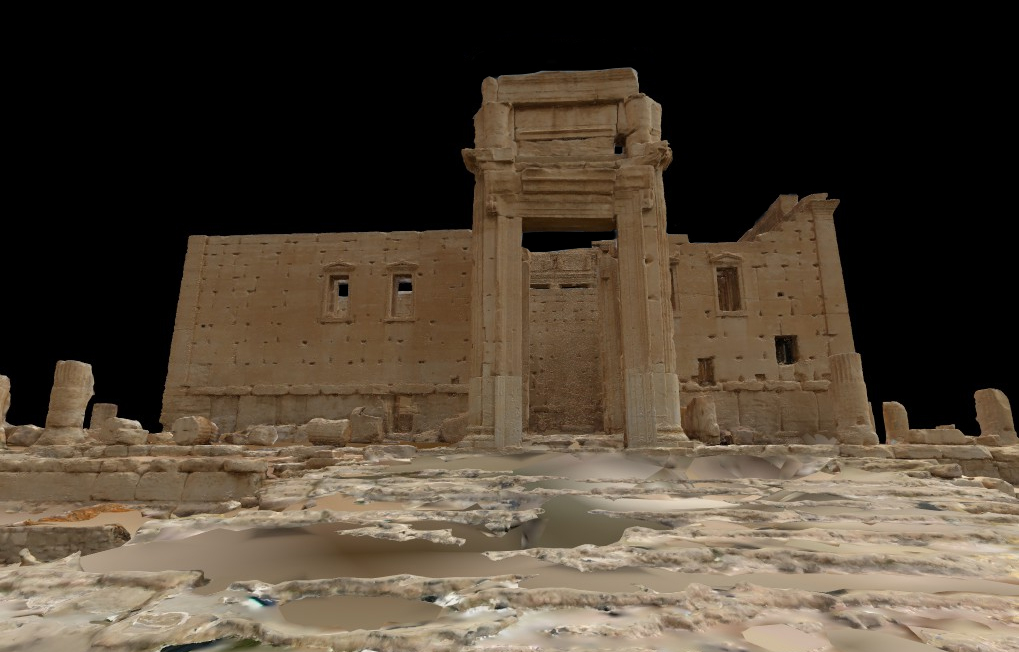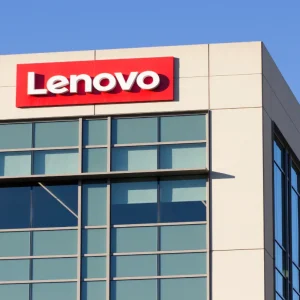
Archaeology researchers at the University of Bradford are using a combination of crowd sourcing and its first high performance computing (HPC) system to create 3D models of historical landmarks which have been severely damaged or completely destroyed.
Archaeologists and computer scientists within the university are collaboration to stitch together hundreds of images collected from tourists, travellers, local resources and the university’s own databases. Once combined using the HPC system they are able to recreate accurate 3D models of lost heritage sites.
One site that has been been brought back to life as a 3D model is the Temple of Bel in Palmyra, Syria. In 2015 the terrorist group Daesh destroyed the main complex of the temple with explosives. Later that year the United Nations confirmed that the Temple had essentially been destroyed. The Temple of Bel had stood on that site since 32 AD.


Professor Vincent Gaffney, School of Archaeological & Forensic Sciences at the University of Bradford commented that: “HPC technology is shaping archaeological practice.”
“We are able to reconstruct heritage sites from hundreds of images recorded digitally. Importantly, the project is more than just the 3D content. By using geospatial and archaeological data that describes the site within its landscape, its context is included, providing a lasting legacy that contributes to local historical environment records.”
“Computing technology is not only broadening the scale at which archaeologists work, but also is making an unprecedented volume of extremely accurate data available for multinational analysis.”
University of Bradford HPC System
The University of Bradford has built a centralised cluster of HPC systems that can be used by different departments within the University.
The HPC system itself is comprised of Lenovo ThinkSystem servers using a mix of GPU technologies, while the processors are Intel Skylakes. It uses a OCF software stack comprising of open source tools such as XCAT, Grafana and Icinga, which are used for reporting and monitoring, while Slurm is used for scheduling in the system.
The HPC cluster is also being used by University of Bradford researchers working in the field of bioinformatics to crunch large medical and genetic datasets, while the chemistry department is using the cluster to run predicative calculations on molecules that would have been impossible to do without the HPC cluster. This allows the University of Bradford to participate in the discovery of new medical therapies and complex chemical theory.
Professor John Bridgeman, Pro Vice Chancellor at the University of Bradford (Research & Knowledge Transfer) commented that: “Our investment in these cutting-edge high performance computing facilities complements and supports some of the University’s world-leading researchers and their work.”
“We live and work in a world that is largely data-driven, and our state-of-the-art facilities will enable the University to continue to operate at the vanguard of data management and visualisation.”
The University of Bradford is looking for crowd sourced contributions on a number of other Heritage sites that have been damaged during the conflict in Syria such as;


Members of the public are encouraged to upload their images of heritage sites on to the University of Bradford’s dedicated website here.






